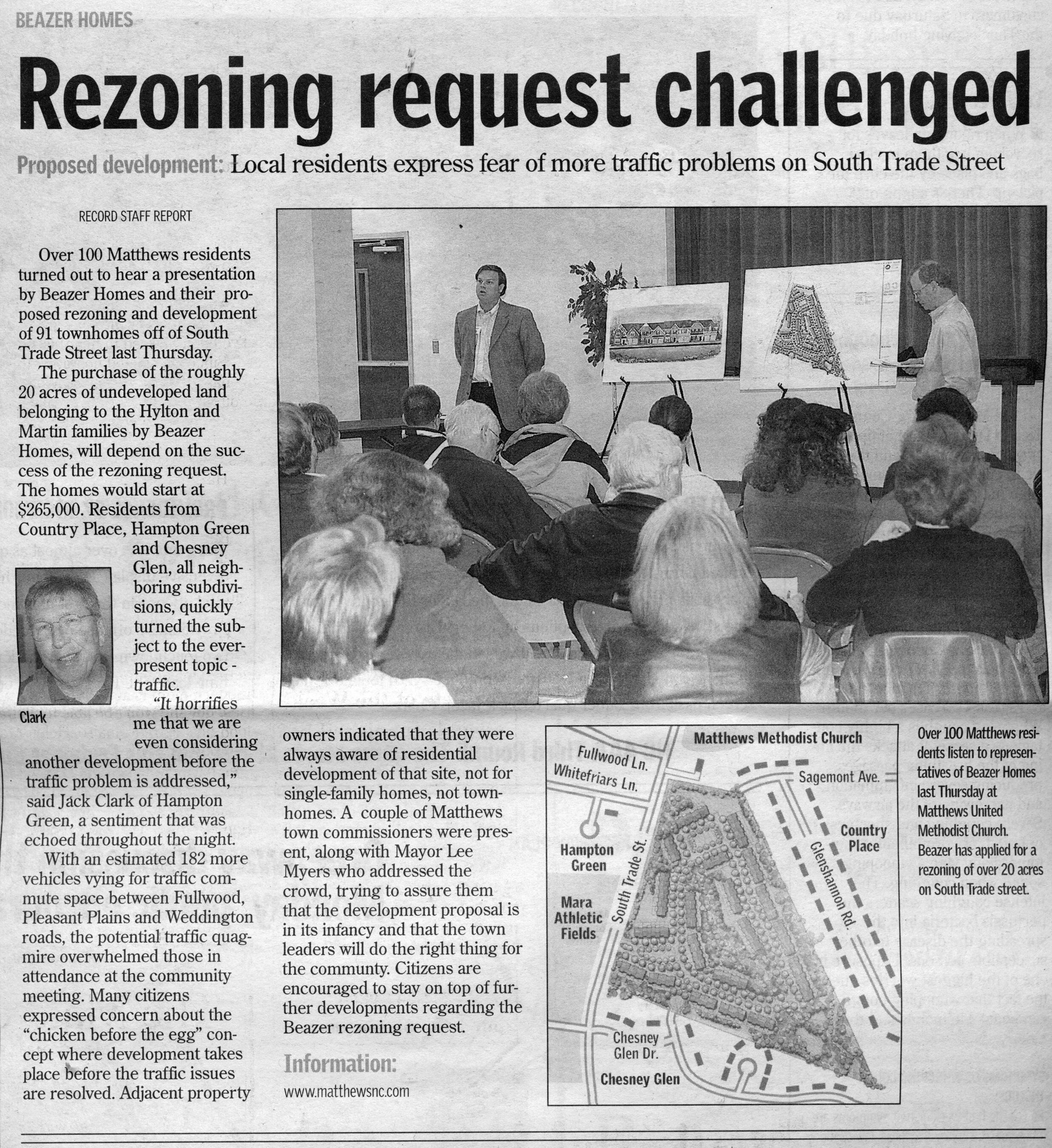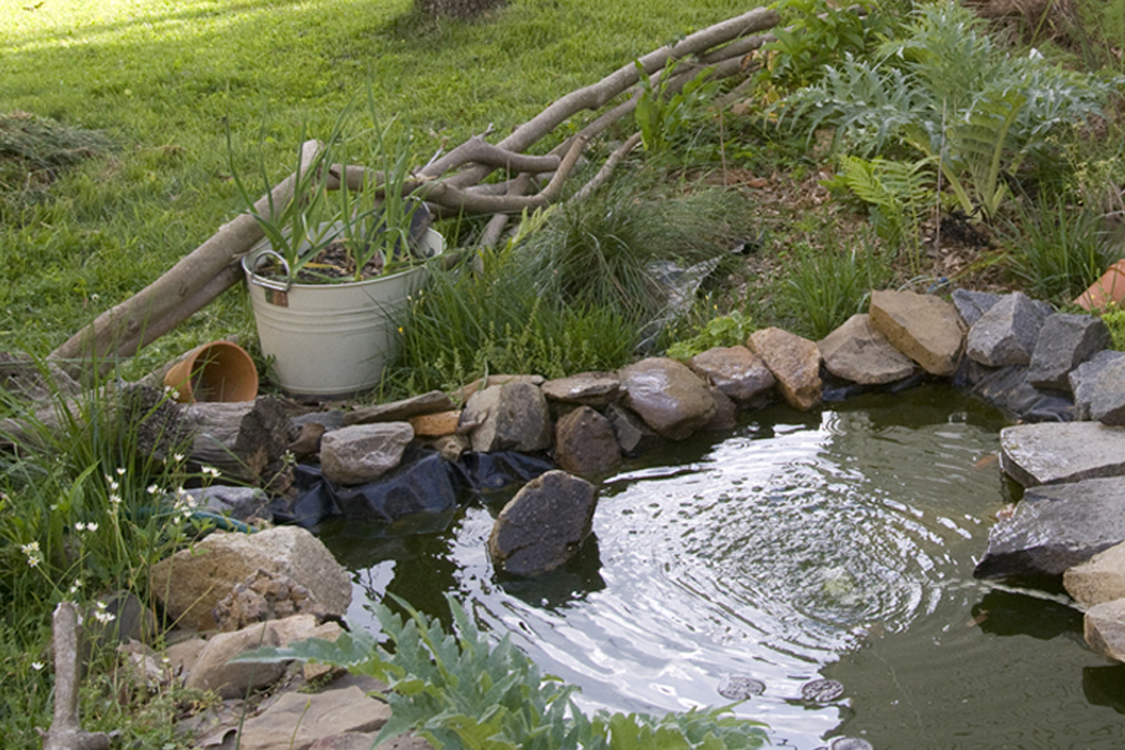With permission, The Beacon is archiving past issues of Matthews Record (also called Matthews News and Record and The Matthews News) articles online. Throwback Thursday articles will include relevant content still facing Matthews today. This story was originally published January 15, 2007 and was written by Janet Denk.
Click on image to view larger
Wayward bird finds its way to Matthews
When he’s not poring over engineering reports and planning petitions, Matthews Planning Board member Jim Giles, above, enjoys feeding the birds in his Brightmoor subdivision backyard. The birder hit the jackpot when he spotted a Rufous Hummingbird at his feeder last week. Fellow birders/conservationists Carol Buie Jackson of HAWK and Bill Hilton, Jr. of the Hilton Pond Center for Piedmont Natural History helped document the extraordinary event, as Rufous Hummingbirds breed in the western US and Canada, and winter in Mexico.
Hilton monitors vagrant hummingbirds in the eastern and central US and says hummers are being seen with increasing regularity during winter in the East, perhaps because more folks are leaving hummingbird feeders up after the traditional take-down date of Labor Day (September 1). The Matthews Record will have a full report in the next edition.
In the meantime, check out Jackson’s website at www.smelllikedirt.wordpress.com. See what Hilton’s up to at www.hiltonpond.org.






















